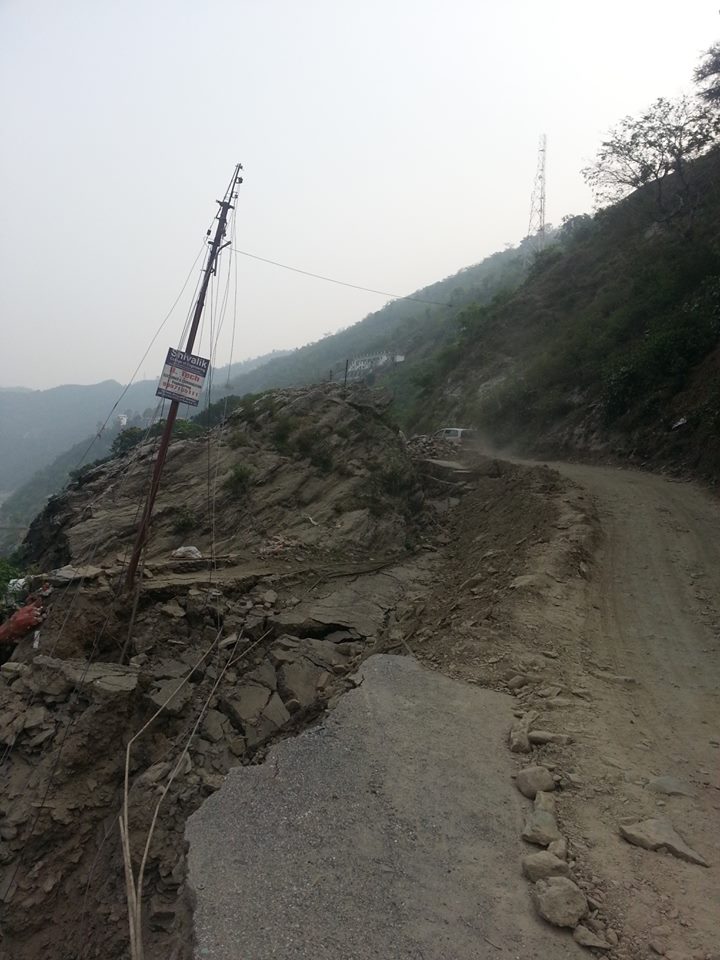If the number of pilgrims has to be regulated, so be it; and if construction and road development norms have to be redefined, let that be. Uttarakhand must be allowed to dream a better future
The flash floods and calamity wrought by the heavy rains in Uttarakhand have once again drawn our attention to the persistent negligence towards lessons brought home by such tragedies in the past. Would we not forget about it by the time you read this magazine, when newspapers and channels will have something else to talk about; politicians will be concerned about how to win the next elections; and the society at large will think about the next version of mobile phone and/or the latest fashion or film?
The state administration, ITBP and the security forces must be complimented for evacuating nearly 50,000 people and they need all our support. But then again, the more efficient they are, less pressure we are under to tone up our preparedness. After a few days, all disasters have similar challenges, not to mention some of the location-specific peculiarities.
ALSO READ: Be warned: Uttarakhand rains not that unusual
"Let the rivers be, and they won't harm you"
Will other states and central authorities be so concerned in rehabilitating the affected once the tourists and pilgrims have been evacuated and the media attention waned? Will these authorities still be looking for life under the debris of fallen houses, hotels and guesthouses. Would they still be distributing essentials to the locals (about 80-100 villages are believed to have been completely washed away by the flash floods)? Can we use this opportunity of rebuilding infrastructure also to renegotiate a new social contract?
Here are some of the immediate lessons and implications for future:
1. When rains started, pilgrims who were till then still at lower elevation were not warned against proceeding further – and if such warning was issued, it wasn’t enforced. This meant scores of travellers moved ahead and eventually got stuck. The locals helped the stranded people from all accounts but they have not been trained to do this better.
2. It is true that we don't anticipate over 200 percent excess rains in a short while but we do anticipate more landslides and the other consequences of the mindless damage to the fragile ecosystem that we have wrought so far. Can we revisit the development goals of the region to minimise such damage in future? Can the rest of the country compensate such regions for development foregone in deference to the socio-ecological and cultural limits?
3. Habitations on the riverbanks without any protection from the flood fury were completely avoidable. Norms for riverbank strengthening must be developed and construction too close to the banks must not be allowed.
4. Many people were stranded for days, a lot more have lost all that they had, and many more were buried under debris. Learning from the 2001 earthquake, inventory of concrete cutting tools, technologies and lessons are still not pooled at one place. Given the hope of life underneath, one has to avoid gas-cutters. IIT-Roorkee, as also CBRI and the other IITs, can help with this. A science and technology mission must be launched to deal with such eventualities in future.
5. Lessons from disaster management are seldom pooled and made available in local language for wider reference. This is a long-pending issue.
6. Climate change, fluctuations and impacts will become more severe in future. But how many institutions, communities, public and private organisations conduct disaster management drills regularly? To what extent has the society’s resilience increased over the last decade? Where is the national action plan for this? Besides, the national disaster management authority (NDMA) needs complete restructuring without further delay.
7. We need to mobilise all support for affected people and let us contribute generously to such a cause. Those interested can contact Dr Anil Joshi at hesco.in directly (check the website).
Meanwhile, if you decide to pray, do pray that officials at the top do not forget the huge ecological, social and cultural cost borne by locals. If the number of pilgrims has to be regulated, so be it; and if construction and road development norms have to be redefined, let that be. Uttarakhand must be allowed to dream a better future for its people, and the rest of the pilgrims, without impairing the precarious balance between human and natural systems.

